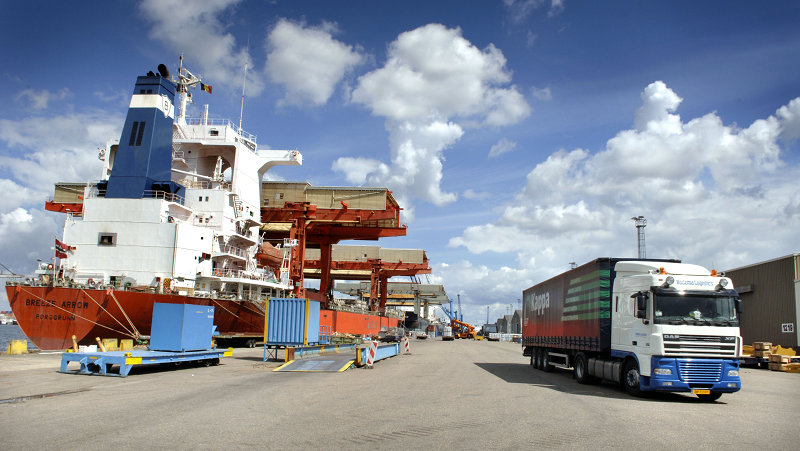
“Upon completion of this module, you should be able to:
– Identify important aspects that must be analysed before beginning the Single Window design.
– Explain how to design interactions from a trader’s perspective.
– List the qualitative and quantitative aspects of an assurance process.
A quiz is also included to test your knowledge.”

“Upon completion of this module, you should be able to:
– Explain the legal issues that must be addressed during the development of a Single Window.
– Identify the key legal characteristics associated with a Single Window. Identify the various legal issues associated with different business processes.
A quiz is also included to test your knowledge.”

“Upon completion of this module, you should be able to:
– Recognise the importance of data quality and integrity.
– Explain how and why a Single Window System should be linked to a good KYC ecosystem.
– List measures and policies for ensuring data quality, data handling, and data security.
– Recognise the legitimate framework that manages lodged and shared data.
A quiz is also included to test your knowledge.
”

“This evaluation consists of 16 questions, which are pooled and randomised.
The questions are related to the the topics covered in Volume 1. You need to answer at least 12 out of 16 questions correctly to pass the evaluation.”

“In this learning module, you will look at the problems that are caused by inefficient Customs processes for the Transit of Goods.
You will see how WCO tools and instruments will address these problems by looking at seven pillars where improvements can be made.
A quiz is also included to test your knowledge.”

“This module focuses on the first three of the pillars mentioned in the first module. The first topic highlights the benefits of Effective information sharing between customs offices, between the transport operators and Customs, and through international cooperation. The Guarantee system is then presented with examples of how this is administered internationally and by some individual countries.The final topic in this Module looks at Customs formalities, showing how international conventions are implemented.
A quiz is also included to test your knowledge.”

“Upon completion of this module, you should be able to be familiar with Risk Management, Customs Seals, Coordinated Borders and Performance Measurement.
A quiz is also included to test your knowledge.”

Part 1: Introduction to the WCO Data Model
The WCO Data Model e-learning course consists of four parts. This is the first part. It is aimed at presenting the possible uses and benefits of the WCO Data Model and to give an overview of its possibilities, the Simplification and Harmonization of Trade Procedures, and the impact of cross-border sharing of data in simplification of trade procedures. A quiz is also included to test your knowledge.

“Part 2: A complete toolbox
The WCO Data Model e-learning course consists of four parts. This is the second part. It is aimed at explaining why it is a complete toolbox, as well as at describing the following:
– Introduction to Custom Procedures and Business Process Models;
– The Data Sets: the WCO model as a library;
– How to build information models?;
– Core Components and Dictionary Names;
– GOVCBR: Standard message structure for cross-border reporting;
– Using the WCO Data Model in XML.
A quiz is also included to test your knowledge.”

The users of the WCO Data Model should work closely to supply commonly used technical information to each other for mutual advantage. Interested parties could come together to solve business and technical challenges through the adoption of the Data Model, and thereby take advantage of technological advancements to further speed-up the deployment of IT solutions.





